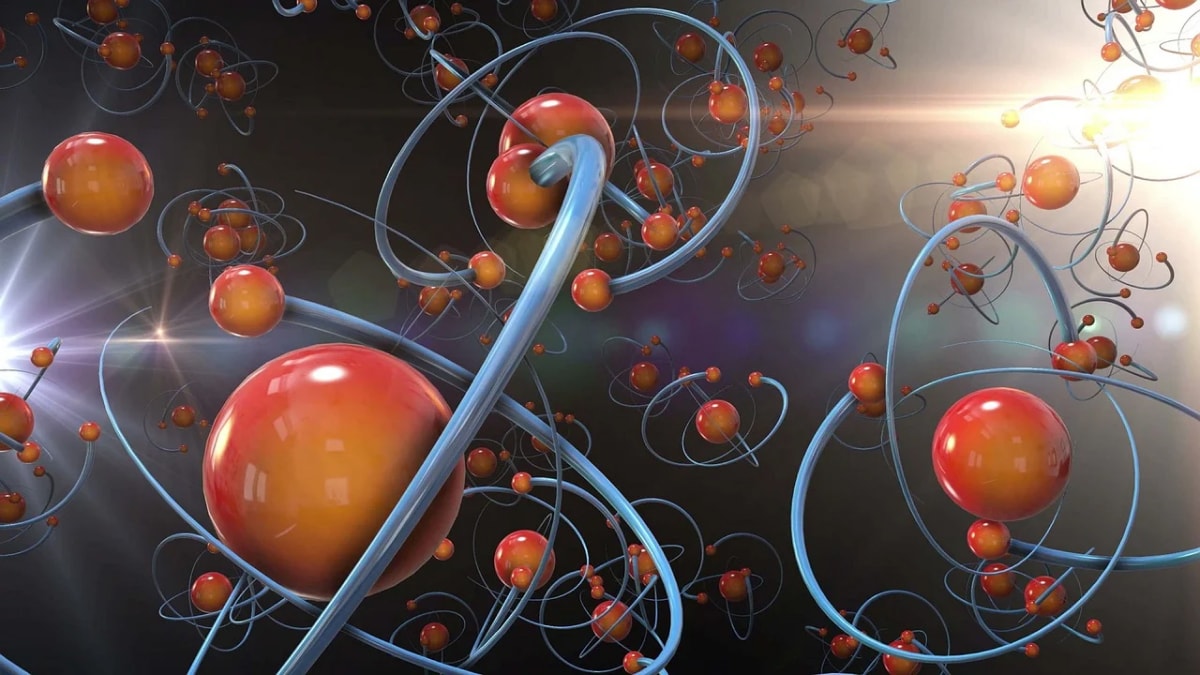As researchers delve into the cosmos, organic molecules—the building blocks of life—emerge as a recurring theme, hinting at answers to some of science's most profound questions. Recent studies, including data from missions like the European Space Agency's Rosetta and NASA's Osiris-Rex, continue to reveal the ubiquity of these compounds across the universe. According to reports, these discoveries shed light on how planets like Earth may have acquired the raw materials for life long before the Sun formed.
Cosmic Origins of Organic Molecules
As reported in Quanta Magazine, researchers have traced these molecules to interstellar clouds, comets and asteroids. These celestial objects serve as reservoirs for the compounds that constitute biological systems. Rosetta's mission to comet 67P/Churyumov–Gerasimenko detected 44 distinct organic molecules, including glycine—a precursor to proteins—and dimethyl sulfide, a compound associated with biological activity on Earth. Such findings emphasize that life's precursors existed in space long before planets formed.
Asteroids: Organic Richness
Asteroids also harbor an abundance of organic materials. Studies of samples returned by Japan's Hayabusa2 and NASA's Osiris-Rex missions revealed tens of thousands of organic compounds on asteroids Ryugu and Bennu. According to to Philippe Schmitt-Kopplin of the Technical University of Munich, in a statement to Quanta Magazine, this demonstrates that “everything possible from which life could emerge” exists in space. Ryugu, for example, yielded 15 amino acids, crucial for life's building blocks.
Molecular Evolution in Space
Organic molecules form through two primary pathways: combustion-like reactions in dying stars and on icy dust grains in molecular clouds. In the latter process, radiation and cosmic rays trigger the formation of molecules like methanol on these icy grains. Research demonstrated that glycine, the simplest amino acid, can form under such conditions, underscoring the molecular complexity present even before star systems emerged.
Organic Molecules in Planetary Birthplaces
Protoplanetary disks, the regions where stars and planets form, are rich with organic compounds. Observations from the Atacama Large Millimeter Array (ALMA) have identified methanol and other molecules in these disks. Computational models suggest these compounds survive the chaotic processes of planetary formation and continue to evolve chemically, enhancing the potential for life.
Clues for Astrobiology
The discovery of complex organics has profound implications for astrobiology. These molecules may serve as biosignatures, pointing to potential life beyond Earth. Upcoming missions like NASA's Dragonfly to Saturn's moon Titan aim to explore organic compounds in environments conducive to life, such as hydrocarbon lakes and thick atmospheres.
Ultimately, the universality of organic chemistry reinforces the idea that life's building blocks are not unique to Earth, offering hope that life may exist elsewhere in the universe.


